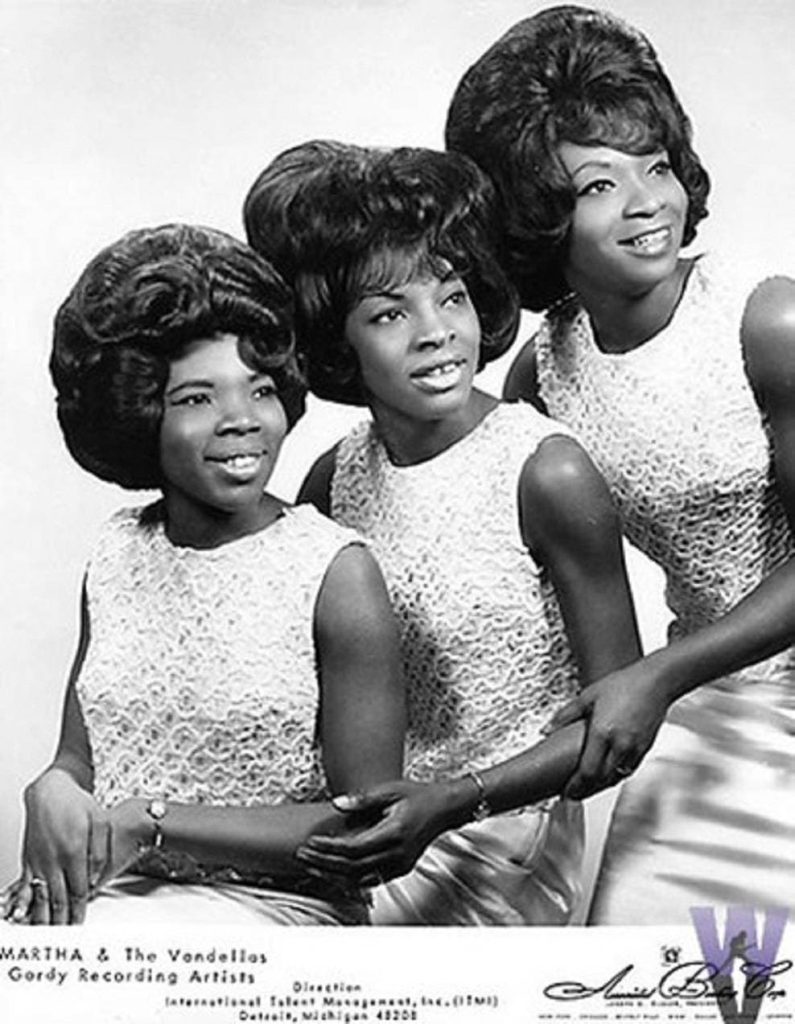
Martha Reeves & The Vandellas – Come and Get These Memories
“Come and Get These Memories” marked a significant turning point for Martha Reeves & The Vandellas, launching them into the spotlight as one of Motown’s most beloved girl groups. Released in 1963, the song was their first major hit and a crucial stepping stone for both the group and the legendary songwriting team of Holland-Dozier-Holland. Peaking at No. 6 on the Billboard R&B chart and No. 29 on the Billboard Hot 100, the track set the stage for future success with an energetic blend of soul, pop, and that unmistakable Motown groove.
The song is a perfect representation of the magic that Motown was producing in the early 1960s—heartfelt lyrics wrapped in an infectious rhythm, driven by a powerful vocal performance. Martha Reeves, with her strong and soulful voice, delivered the song’s bittersweet emotions with just the right mix of strength and vulnerability. Unlike later Vandellas hits, which leaned heavily into the upbeat, danceable sound of Motown, “Come and Get These Memories” was rooted in the deep tradition of soul ballads, yet it also had a propulsive beat that made it stand out on the radio.
Lyrically, the song touches on themes of heartache and emotional release. Reeves sings about a relationship that has ended, with the remnants of love—the memories—left behind. The plea to “come and get these memories” suggests a desire to rid herself of the emotional baggage from the past, offering up both a reflection on love lost and a form of cathartic release. Lines like “I can’t use them anymore” and “Why don’t you take them, please” evoke a poignant sense of finality, as if Reeves is ready to move on but finds herself weighed down by the lingering recollections of what once was.
One of the strengths of “Come and Get These Memories” is how it balances its melancholy lyrics with an upbeat, almost optimistic sound. The rhythm section—anchored by Motown’s house band, The Funk Brothers—keeps the track moving, giving it a danceable quality that contrasts with the somber tone of the lyrics. This juxtaposition is a hallmark of many Motown hits, where the joy of the music often contrasts with the pain expressed in the words. The song’s catchy hook and sing-along chorus make it infectious, even as it tells a story of emotional struggle.
The impact of “Come and Get These Memories” was profound not just for Martha Reeves & The Vandellas, but also for Motown as a whole. This was the first major hit written by Holland-Dozier-Holland, the songwriting trio who would go on to define the sound of the label with classics like “Heat Wave” and “Dancing in the Street”, which were also performed by the Vandellas. The success of this track laid the groundwork for their future collaborations, turning the group into a powerhouse of hit-making.
The song’s production is also worth noting. The Motown “wall of sound” is in full effect here, with lush instrumentation supporting the vocal lines. The horns and strings, combined with the driving backbeat, create a rich sonic landscape that elevates the track beyond a simple pop song. There’s a timeless quality to the way the music swells and carries the listener through the emotional highs and lows of the narrative.
In the broader context of 1960s music, “Come and Get These Memories” represents the blend of pop accessibility and deep soul roots that made Motown a dominant force in the industry. The song’s ability to resonate with a wide audience, from teenagers on the dance floor to adults experiencing the pains of lost love, is a testament to its enduring appeal.
For Martha Reeves & The Vandellas, this track was just the beginning. It established them as more than just another girl group—they became torchbearers of the Motown sound, able to convey deep emotional truths through music that could move both hearts and feet. “Come and Get These Memories” is not just a song about letting go of the past; it’s a reminder of the power of music to transform pain into something beautiful and lasting.